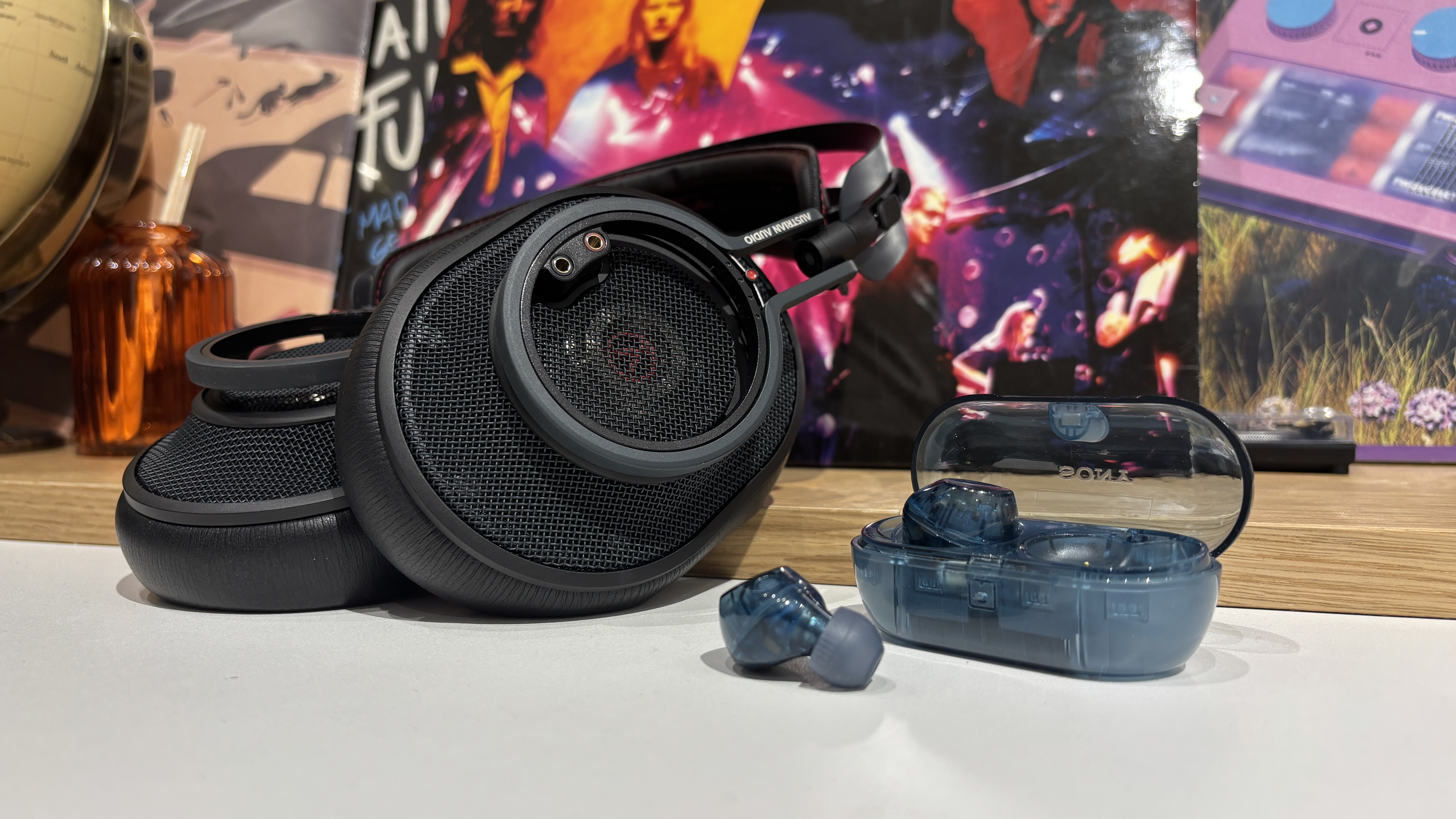There's now a fourth VRR standard
AdaptiveSync aims to standardize VRR and help inform consumers

VESA has announced a new Variable Refresh Rate (VRR) standard designed to certify gaming displays.
If you find the VESA AdaptiveSync Display Logo on a box, it means the product inside will have met certain standards, including a minimum VRR range of 60-144Hz (which is important, as it enables Low Framerate Compensation to kick in and keep things looking smooth even when a game's frame rate drops).
Plenty of displays promise "VRR support", but VESA argues that as there are no standardised tests so the term "VRR support" could cover a multitude of sins. There are manufacturer-specific VRR standards, of course, but Nvidia's G-Sync and AMD's FreeSync are also based on varying levels of performance.
To give consumers clarity, VESA has some up with its own VRR testing programme.
The "Adaptive-Sync Display Compliance Test Specification" comprises "a comprehensive and rigorous set of more than 50 test criteria, an automated testing methodology and performance mandates for PC monitors and laptops supporting VESA’s Adaptive-Sync protocols."
In theory, this stringent "open source" testing should prevent manufacturers from self-certifying their products under optimal conditions. Heating up a room just prior to testing can increase a display's G2G (Grey-to-Grey) stated response time, for example.
Under VESA's rules, manufacturers who opt to take part will have to send their products over to one of VESA's "Authorised Test Centers". Here, they'll be put their their paces in a tightly-controlled environment with an ambient temperature of 22.5C-24.5C.
Get the What Hi-Fi? Newsletter
The latest hi-fi, home cinema and tech news, reviews, buying advice and deals, direct to your inbox.
Last but not least, VESA says each Adaptive-Sync Display Logo will be stamped with the display's maximum frame rate (144Hz, 240Hz, 360Hz, etc), which should make it easier for gamers to match a VRR-enabled title to the most capable display.
The official list of AdaptiveSync certified displays is pretty short – eight from LG and one from Dell – but we'd expect to see more manufacturers join the initiative in near future.
MORE:
Our pick of the best gaming TVs you can currently buy
Truly next-gen: PS5 games with the ultimate visuals and sound
Still undecided? PS5 vs Xbox Series X
Tom is a journalist, copywriter and content designer based in the UK. He has written articles for T3, ShortList, The Sun, The Mail on Sunday, The Daily Telegraph, Elle Deco, The Sunday Times, Men's Health, Mr Porter, Oracle and many more (including What Hi-Fi?). His specialities include mobile technology, electric vehicles and video streaming.
